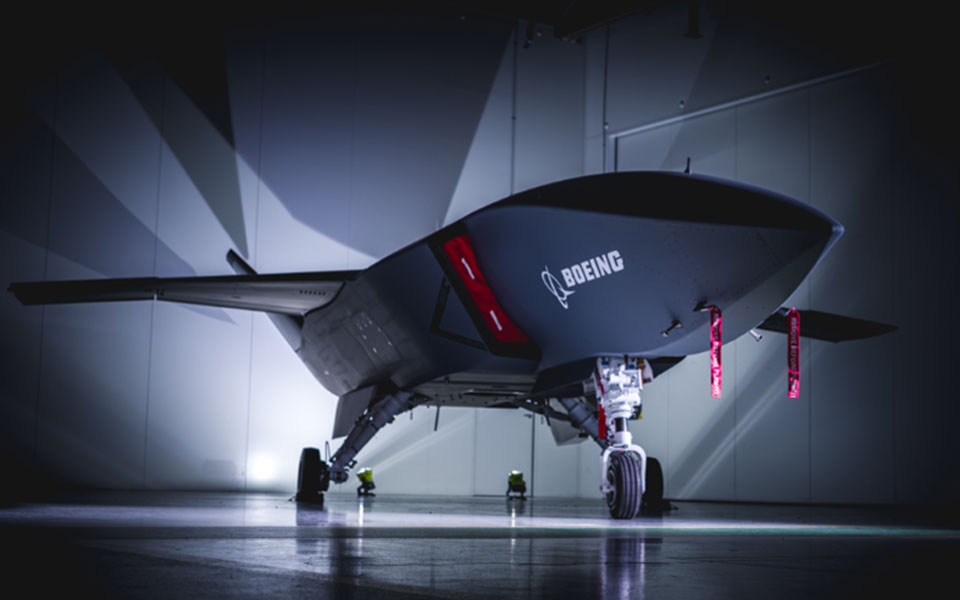Recently, the Defense Advanced Research Projects Agency (DARPA) matched an Artificial Intelligence program against an F-16 pilot with the codename “Banger,” in a series of five simulated dogfights. In this battle of artificial intelligence vs. human intelligence, the computer won all five back-to-back fights.
This whitewash may lead one to presume that the days of the pilot in the cockpit of F-16s are numbered, but that would be a fallacy.
In a recent article for the online magazine Breaking Defense, John Venable, an Air Force veteran of 25 years, wrote of the inputs that a pilot needs to conduct a successful dogfight and how the five dogfight match was, in a way, rigged toward the computer.
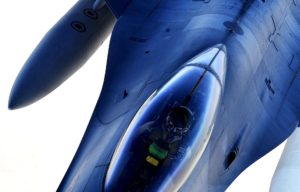
In the 1950s, US Air Force Colonel John Boyd devised a means of explaining to young pilots what the art of dogfighting was all about. He created the OODA-loop. In this loop, four steps are continuously repeated; Observe (look at your opponent and learn his obvious and subtle cues), Orient (align the opponents maneuvering in relation to your own plane), Decide (make a decision on what to do based on your observations and orienteering), Act (take action to defeat the other plane). These four steps in a constant loop would allow the pilot to assimilate the quick responses needed to participate in a dogfight and then defeat an enemy aircraft.
The software can handle the last two steps of the OODA loop very efficiently and run through thousands of scenarios quickly, but the first two steps need more than just software. What feeds the computer’s artificial intelligence to give it the constantly evolving cues for the observe and orient steps?
Currently, only one jet can ‘see’ its opponent, and that is the F-35. It has sensors that can “see” other aircraft anywhere around it, but its ability to see is not perfect. It cannot work out what aircraft it is fighting, how it is oriented in the air, is it climbing or diving, is it coming or going, or the rate at which it is moving unless the bandit is directly in front of the F-35 where it can bring its formidable radar to bear.
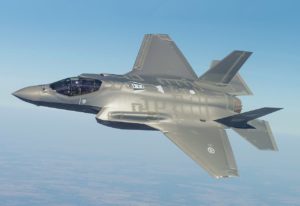
As AI cannot observe and orient for itself, it cannot get these inputs for itself, to feed to the Decide and Act components of the software, so that it can take action. How, then, did this AI defeat Banger?
The information that should have been visually gained from the simulator screen was instead gained from the simulator itself. The perfect details pertaining to the exact height, speed, range, and nose position of Banger’s aircraft were supplied to the AI software, so it had every piece of data it needed to make its calculations – but this is not how dogfights work.
If humans are also fed this perfect information, they are also tough to beat. To illustrate this, John Venable recounted a tale to explain how this perfect information gives the pilot an advantage that is difficult to beat.
He recounted how in the early 1990s, he acted as the single bandit in a scenario where two F-16s would attempt to kill him in a dogfight. Even with a chameleon’s ability to look in all directions, it is almost impossible for a single plane to outwit two opponents, but on that day, Venable managed to stay alive, no matter what the other two F-16s tried.
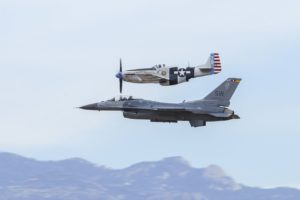
It was not superior flying ability that kept him out of harm’s way on that training flight, but rather a radio malfunction that allowed him to hear what was being said between his two opponents. With this perfect information, he was able to anticipate their manoeuvrers and evade them easily.
When they landed, the two pilots were hugely embarrassed at not shooting him down, until he told them of the radio glitch. He explained that he could hear their discussions and knew which aircraft was about to shoot at him so he could take evasive measures in good time.
In his example, Venables received far less exact information than the AI program obtained from the simulator, so it is not surprising that the compute could outwit Banger at every turn. The AI software did not need to scan the skies to find Banger and then work out all the visual clues about what he was doing; the simulator fed the software all that information.
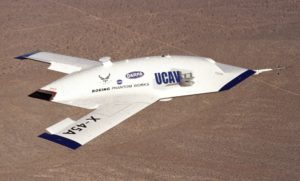
It is apparent that the Observe and Orient steps are the heart-and-soul of any dogfight. Without knowing where the bandit is and what he is doing with his plane, it is impossible to determine where to shoot. Current technology cannot come close to the human ability to see and process those details quickly, to make a plan to attack.
Another Article From Us: UC-47, Surveyed After a Century Lying on the Bed of the North Sea
Technology will inevitably march on, and sensors that can “see” will be developed. When that day comes, the days of manned jet fighters may well be numbered. Even then, it is unlikely that these sensors will ever provide the perfect information that the simulator fed the AI system to defeat Banger.
